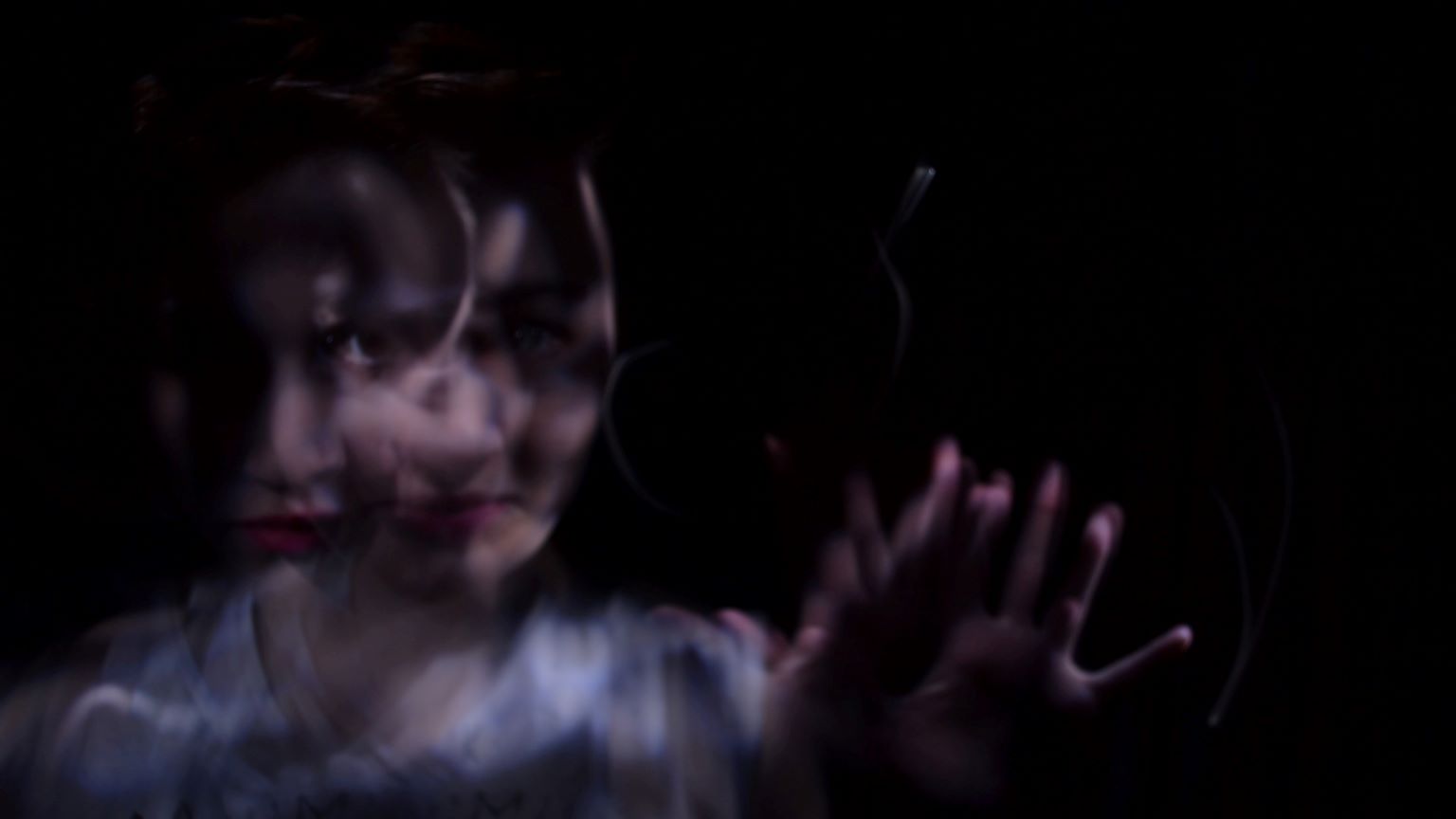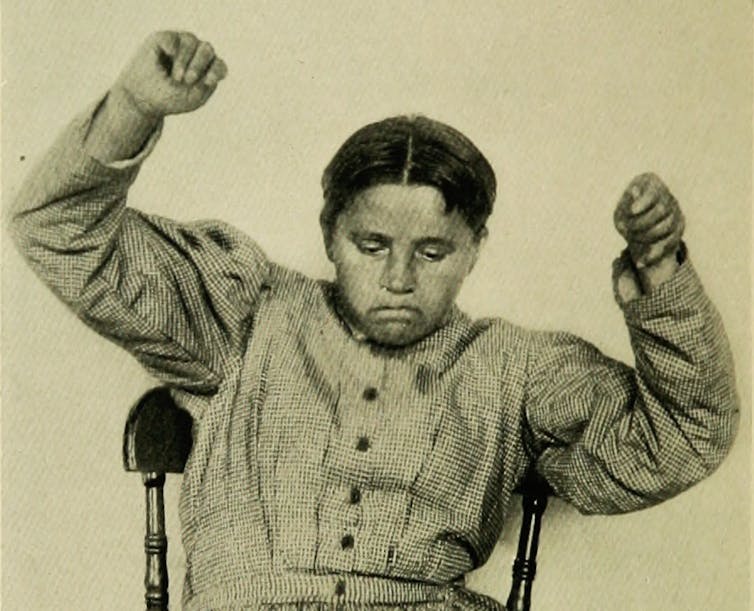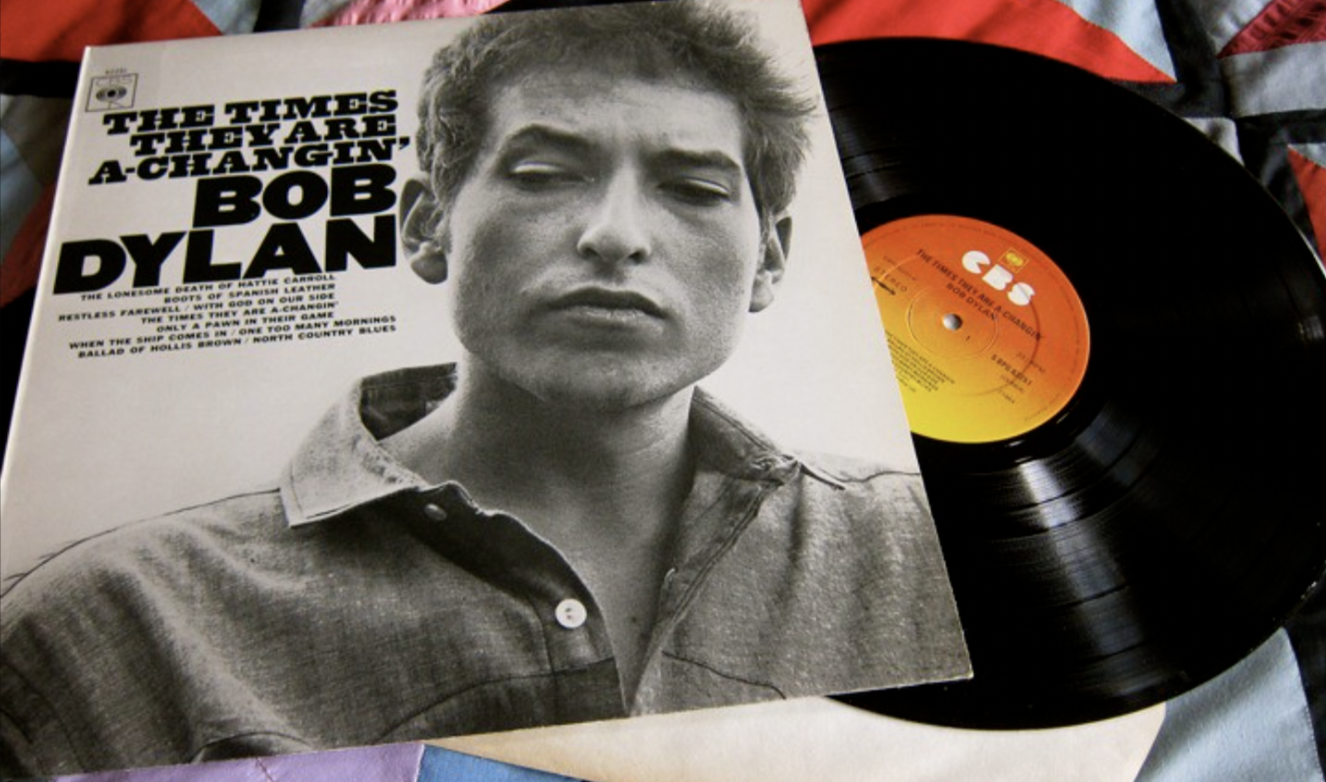Catatonia: the person’s body may be frozen, but their minds are not

Occasionally, as a doctor, I am asked to see a patient in the emergency department who is completely mute. They sit motionless, staring around the room. I lift up their arm and it stays in that position. Someone takes a blood test and they don’t even wince. They haven’t eaten or drunk anything for a day or two.
Questions start running through your mind. What’s wrong with them? Would they respond to someone else? Do they have a brain injury? Are they putting it on? And – hardest of all – how am I to know what’s going on if they can’t tell me?
I’m a psychiatrist and a researcher specialising in a rare condition known as catatonia, a severe form of mental illness where people have problems with movement and speech. Catatonia can last anywhere from a few hours to weeks, months or even years. Some people have reoccuring episodes. I’ve spoken to doctors, nurses, academics, patients and carers about this condition. One question comes up more than any other: what are people with catatonia thinking? Are they even thinking?
When a person can hardly move or speak, it’s easy to assume that they aren’t conscious either. Research in recent years has shown that this isn’t the case. In fact, if anything, it’s the opposite. People with catatonia often express intense anxiety and say they feel overwhelmed with feelings. It’s not that people with catatonia have no thoughts – it might be that they have too many.
But what are these thoughts? What could the mind possibly do that would make you freeze? In a new study, my colleagues and I have tried to shed some light on this.
Hundreds of patients
By looking at the case notes of hundreds of patients who had experienced catatonia, we found that a few had spoken about what had happened, either at the time or later on. Many weren’t aware of or didn’t remember what was happening.
Some described experiencing overwhelming fear. Some were aware of the pain of staying rigid for so long, but, nonetheless, seemed unable to move. What we found most interesting, though, were those people who had – on one level – a rational explanation for the catatonia. One patient’s notes read:
I met him kneeling on the floor with his forehead on the floor. He said he had adopted the position to save his life and kept asking to be seen by a neck doctor … He kept talking about his head falling off his neck.
If you actually believed that your head was at imminent risk of falling off, maybe it wouldn’t be such a bad idea to hold it in place on the floor.
For others, it was voices (hallucinations) that were instructing them to do certain things. One person was being told that his head would explode if he moved – a fairly compelling reason to stay still. Another thought God was telling him not to eat or drink.

Death feint
One theory for catatonia is that it is similar to the “death feint” that some animals show. When faced with a predator of overwhelming size or strength, some prey animals will freeze and presumably the predator may not notice them.
One patient in the study vividly described seeing a snake (which also spoke to her). We can’t say from one example that her body was adopting a primitive defence to a predator, but it’s certainly a possibility.
Catatonia remains a mysterious condition, stuck halfway between neurology and psychiatry. At least by understanding what people may be experiencing, we can provide reassurance and empathy.
This article is republished from The Conversation under a Creative Commons license. Read the original article.





